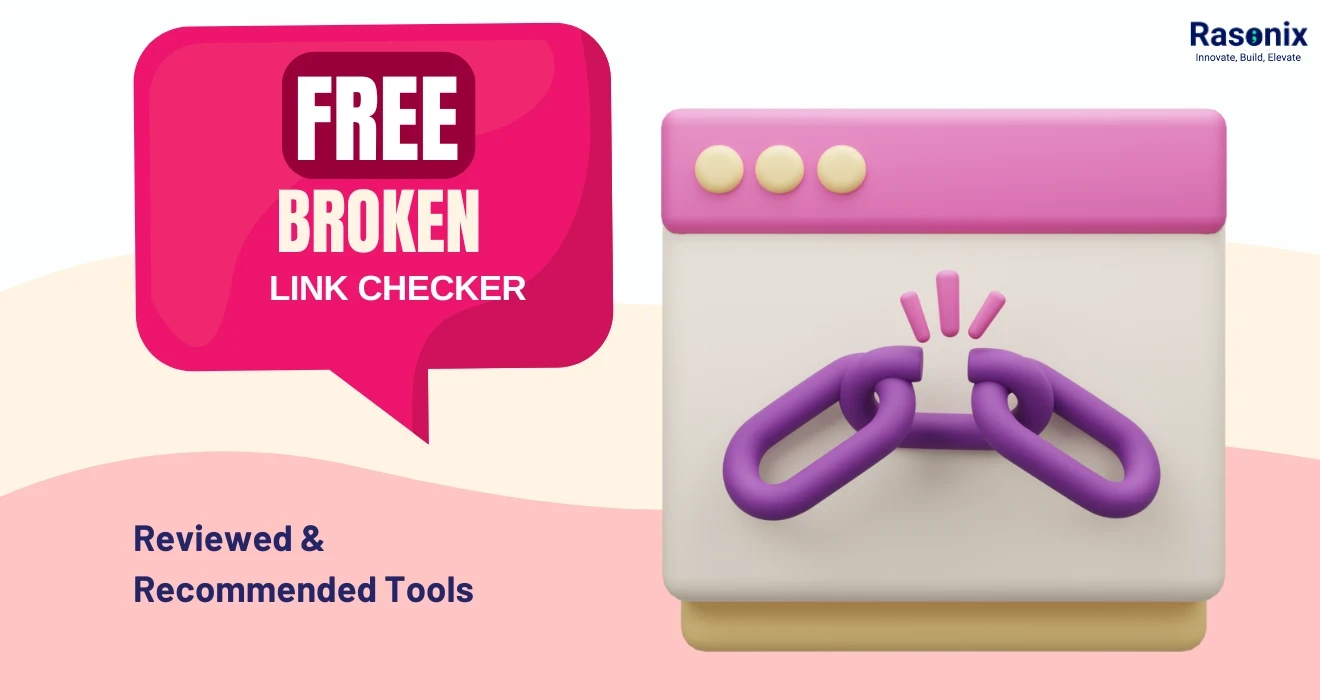CSS margin collapsing is one of those tricky issues that made the layout behave unexpectedly. If you've ever noticed that the margins tend to disappear or overlap in ways you didn't intend, you're not alone. These behaviours can arise, resulting in spacing inconsistencies that are incredibly frustrating for developers who want precise control over their layouts. In this complete guide, we will figure out how to fix CSS margin collapse and the most effective ways to prevent it with real time examples.
What is CSS Margin Collapse?
Margin collapse occurs when the spacing between touch elements is mixed into a single margin, rather than being added each time margins appear one after the other. As a result, the solution might lead to unexpected spacing in the organization of paragraph, heading, or section elements.
When Does Margin Collapse Happen?
Here are three occasions, however, when margin collapse may occur with CSS:
1. Adjacent elements: deploying two block-level elements with their vertical margins touching, where the larger of the two takes effect and the smaller collapses into it space-wise.
2. Parent and first/last-child: if any parent has any vertical margins with its first or last child, then instead of adding up, the margins will collapse.
3. Empty elements: the margins of an element that has no contents collapse with surrounding margins.
Why do CSS margins overlap?
Margins do a collapse just to avoid too much spacing; once applied, it can be of great help, whilst depending on how many elements are placed in the particular layout, it may cause problems. So if one's in the know of what actually went wrong, it will be much easier to fix.
Similar layout issues can arise when divs overlap unintentionally. Learn more about common overlapping issues and fixes.
Common Causes of Margin Collapse:
1. Same-Direction Margins: if two margins are in the same direction (both top or both bottom), they merge into one.
2. Block-Level Elements: Merge collapse, in most cases, is seen in block elements like <div>, <p>, <h1>.
3. Parent-Child Relationship: the parent's margin can get collapsed into the child's margin when there is no padding or border between them.
4. Empty Elements: Collapsing margins can also happen with empty <div> or <p> elements since there is no content available to insist on some space in between.
5. Differences between Floats and Flexbox: The other way around to conventional block elements in terms of margin-collapse are floating or flexbox elements, as the way they handle margins is different.
How to Fix CSS Margin Collapse
Now that you know why margin collapse happens, let’s go over different ways to fix it.
1. Use Padding Instead of Margin
Padding does not collapse like margins. If you want to maintain spacing between elements, consider using padding.
.parent {
padding-bottom: 20px; /* Use padding instead of margin */
}
.child {
margin-top: 20px;
}
2. Add a Border to Prevent Collapse
A non-zero border prevents margin collapse between parent and child elements.
.parent {
border: 1px solid transparent; /* Invisible border to prevent collapse */
}
3. Use Overflow Property
Setting overflow: hidden; on a parent prevents margin collapse with its children.
.parent {
overflow: hidden;
}
4. Use Display Flex or Grid
Margins in display: flex; or display: grid; layouts do not collapse, making them reliable for preventing unwanted spacing issues.
.parent {
display: flex;
flex-direction: column;
}
5. Add a Padding or Empty Div Between Elements
Adding a small padding or an invisible element between two margins prevents them from collapsing.
.spacer {
height: 1px;
}
Fixing Margin Collapse in Specific Scenarios
Margin Collapse in Tailwind CSS
Tailwind’s utility classes can sometimes cause margin collapse. One way to fix it is by adding space-y-{size} instead of using margin-bottom and margin-top manually.
<div class="space-y-4">
<p>First paragraph</p>
<p>Second paragraph</p>
</div>
Margin Collapse in Flexbox
Flexbox handles margins differently. If your margins are collapsing inside a flex container, try using gap instead of margin.
.parent {
display: flex;
flex-direction: column;
gap: 20px; /* Prevents margin collapse */
}
Margin Collapse in JavaScript
If you’re dynamically modifying margins via JavaScript, ensure you account for collapsed margins by explicitly setting padding or border.
const element = document.querySelector(".element");
element.style.marginTop = "20px";
element.style.paddingTop = "1px"; // Prevents margin collapse
Conclusion
CSS margin collapse can be one of those frustrating quirks that throw off your entire layout. But once you understand why it happens, fixing it becomes much easier, whether you're dealing with overlapping margins or unexpected spacing issues. With knowledge on how to prevent margin collapse, you can have better control of your design. The right approach may include either padding or flexbox, or even adding a transparent border so that, in the end, your layout is well-structured and balanced visually without any gaps you didn't intend. All these fixes not only help you keep consistency, but also pave the way for a smooth and professional user experience.
If you face any web development counsel, or any other development services, Rasonix will step in. Be it troubleshooting complex CSS issues, optimizing your website layout, or even creating a fully unique design from scratch, our seasoned professionals will lend a helping hand. You can even hire a CSS developer from Rasonix to concentrate on your project to run it smoothly and meet your specifications. Let us help you materialize your vision; connect with us today and uplift your website design to the next level!
FAQs on CSS Margin Collapse
1. How to fix CSS margin collapse?
To fix margin collapse, use padding instead of margin, add borders, use overflow: hidden;, or apply display: flex; or grid;.
2. How Do I Stop Margin Overflow in CSS?
Margin overflow can be fixed by setting box-sizing: border-box;, using flexbox/grid, or manually adjusting the margins.
3. Why Do Margins Overlap in CSS?
Margins overlap when two vertical margins meet. The larger margin takes precedence, and the smaller one collapses into it.
4. How Do I Get Rid of Extra Margins in CSS?
Check for margin collapse issues, remove unnecessary margins, and use gaps in flexbox or padding instead of margin.


















 Subscribe Now
Subscribe Now